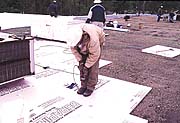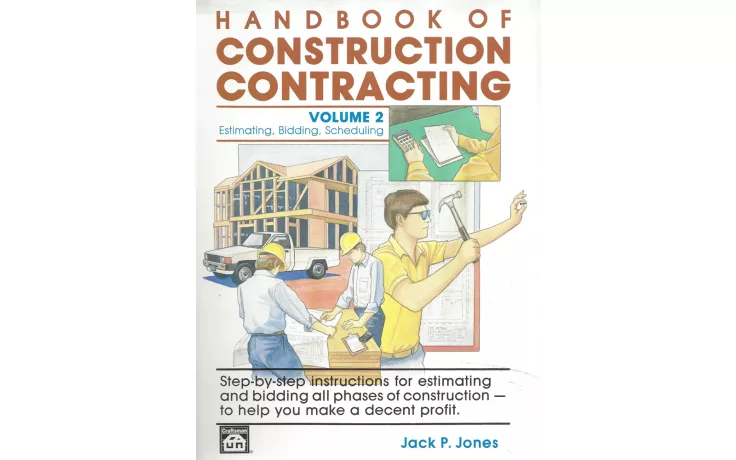Extruded Polystyrene Foam Insulation

Adding to this mix is today's escalating focus on energy conservation and sustainable construction, which has spurred increased consideration of the selection and use of efficient and reliable roof insulation materials. Rising energy costs require engineers, architects, contractors and building owners to evaluate various roof insulations and select a product that satisfies design requirements and promotes environmental friendliness.
In fact, demand for energy conservation has been a major catalyst for enhanced energy codes throughout the country. Concerns for the environment have led to calls for the use of more eco-friendly roofing systems, from application to re-roofing and disposal.
Extruded polystyrene foam insulation has a combination of properties that make it a strong and efficient insulating material. Its proven resistance to moisture; reliable strength and durability - even without a facer or coverboard; and stable long-term R-value make it a top insulating material for commercial, industrial and residential structures, as well as for critical civil engineering uses.
Many of the advantages of XPS foam are due to the extrusion process employed during manufacturing. XPS foam begins as a solid resin pellet. The pellets are fed into an extruder where they are melted and mixed with other materials. Then, a blowing agent is injected to make the mixture foamable. Under carefully controlled heat and pressure conditions, the foamable mixture is forced through a die, at which time foaming and shaping occurs. The rigid foam is then trimmed to the final product dimensions.
The continuous extrusion process produces a consistent quality foam product with a closed-cell structure that is a mass of uniform, closed-cell bubbles with common walls between them, and a continuous smooth-skin surface, top and bottom. The uniform, closed-cell structure makes extruded polystyrene highly resistant to moisture intrusion and yields reliable compressive strength durability.
Another benefit of XPS is its recyclability. Polystyrene is a thermoplastic material which means that it is capable of being melted and re-inserted into the manufacture of new XPS insulation. XPS production plants create virtually no "scrape" or waste material because all waste is recovered, ground up, re-pelletized, and fed back into the production system. Some companies even seek outside sources of scrape polystyrene resin where the source can be verified for quality and freedom from contaminants.
Another environmental aspect of XPS is the long-term durability that leads to its "reusability" in reroofing situations. Over the life of a building, the roof will leak. It will need to be reroofed two or three times during its life. When roofs leak, the intruding water often damages the insulation below the membrane. However, that is not the case with XPS because of its strength and ability to resist moisture. XPS will likely retain its R-value, compressive strength, dryness and integrity when the time comes for reroofing. If the insulation originally installed maintains these critical properties, it is highly likely that it will not need to be removed, transported to a landfill and replaced. The existing roofing membrane can be stripped and replaced with a new membrane, leaving the original XPS insulation in place. All of this translates into cost savings for the building owner and for the environment.
XPS is also a good choice for "re-cover" applications, which is another form of reroofing. In re-covered roofs, the existing membrane and insulation are left in place and re-covered with new insulation and new membrane. By re-covering old roofs, the existing roofing materials are left in place to dry so as to recoup some of its initial R-value. Also, the cost to remove the old system is avoided. Costs involve both the labor to remove the old system, and the cost to transport the removed materials to a landfill. With XPS, costs are lowered and landfill space is preserved.
Tear-offs can become extremely costly if hazardous materials are discovered in the old roof. Sometimes covering in place is easily the best option over disturbing, containing and disposing hazardous materials from older buildings. Contractors assigned to re-cover buildings should have the roof deck examined for structural integrity, fastener integrity, the presence of a vapor retarder, and other aspects of drying potential, as well as required fire classification.
Based on the inspection, if re-covering is a good solution, special XPS products designed for these applications are a good choice for insulation. XPS re-cover products can stand up to the moisture left in place in existing roofs since the product's R-value and structural integrity are not compromised by the presence of moisture. Eventually, the existing roof, left in place, will dry out leaving a sound new layer of XPS insulation and a new membrane.
Looking for a reprint of this article?
From high-res PDFs to custom plaques, order your copy today!



